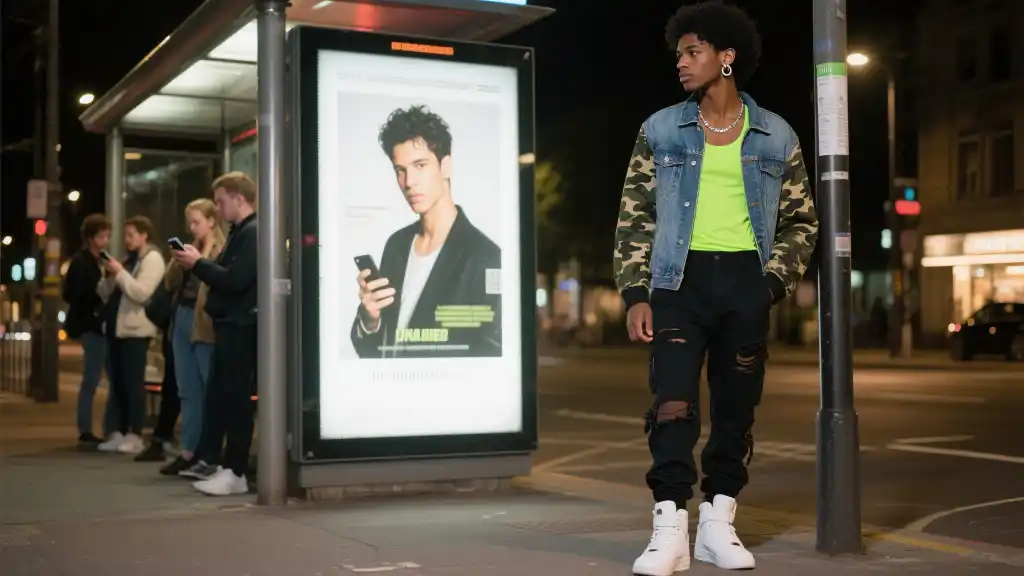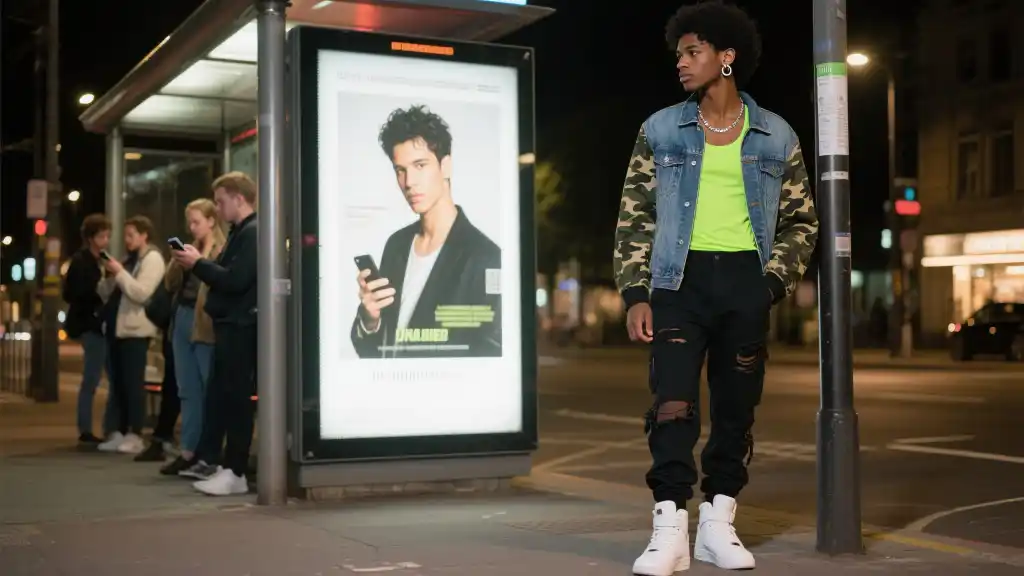Article directoryCloseOpen
- What to Wear: Essentials for Your Wardrobe
- Choosing the Right Colors and Patterns
- Fit Matters: Tailoring Your Business Casual Look
- Do’s and Don’ts of Business Casual
- Breaking Down the Business Casual Essentials
- Frequently Asked Questions (FAQ)
- What defines business casual attire for men?
- Can I wear jeans in a business casual environment?
- What should I avoid when dressing business casual?
- How important is fit in business casual clothing?
- Are accessories necessary for business casual outfits?
We’ll also delve into common pitfalls to avoid, ensuring you never feel out of place in any setting, whether it’s a crucial meeting or a casual Friday. By the end of the article, you’ll be equipped with the knowledge to elevate your style and command respect, proving that mastering business casual isn’t just about looking good—it’s about feeling empowered in your professional journey. Join us as we unlock the secret to dressing smartly and confidently, so you can make a lasting impression that resonates with everyone around you.
## Understanding Business Casual
Business casual is more than just a buzzword; it’s a necessary wardrobe strategy for the modern man navigating the corporate world. This style strikes a balance between professionalism and comfort, allowing you to make a striking impression while feeling at ease. The challenge lies in knowing what exactly constitutes business casual attire without straying into overly formal or too relaxed territory.
What to Wear: Essentials for Your Wardrobe
Creating a business casual wardrobe involves careful selection of versatile pieces. Here’s a quick breakdown of essential items you should consider adding to your closet:
Choosing the Right Colors and Patterns
When selecting your pieces, consider the colors and patterns that work best for business casual. Stick to a palette that conveys professionalism—think muted colors and more classic patterns. This isn’t the time for loud prints or eye-catching fluorescent shades. Here are some tips for choosing the right colors:
Fit Matters: Tailoring Your Business Casual Look
One of the critical elements of effective business casual attire is fit. No matter how expensive or stylish your clothing is, if it doesn’t fit well, it won’t look good. Here’s what to keep in mind when getting dressed:
Do’s and Don’ts of Business Casual
When dressing in business casual, there are clear do’s and don’ts that can help navigate your choices:

| Do’s | Don’ts |
|||
| Wear fitted clothing | Wear wrinkled clothes |
| Choose closed-toe shoes | Wear flip-flops |
| Keep it professional | Show too much skin |
| Layer appropriately | Overdress or underdress |
Breaking Down the Business Casual Essentials
Here’s a comprehensive look at how to construct your business casual outfit using a mix of essential pieces:

| Item | Purpose | Style Tips | Recommended Colors | Brands to Consider |
|---|---|---|---|---|
| Dress Shirt | Foundation piece | Button-down for formality | White, light blue | Brooks Brothers, J.Crew |
| Chinos | Relaxed fit | Tailored for neatness | Khaki, navy | Dockers, Banana Republic |
| Blazer | Smart layer | Fits well through the shoulders | Charcoal, navy | H&M, Zara |
| Footwear | Completes the look | Keep it polished | Brown, black | Clarks, Cole Haan |
This breakdown can help simplify your choices and guide you towards building a cohesive wardrobe. Whether you’re heading to a big meeting or grabbing lunch with colleagues, mastering the business casual dress code is essential for making an impactful impression in the workplace.
When it comes to dressing for a business casual environment, there are definitely some outfits you’ll want to steer clear of if you want to maintain a professional appearance. For starters, items like t-shirts should be left at home. While they’re super comfortable, they just don’t convey the level of professionalism you want in a work setting. Alongside t-shirts, flip-flops and shorts are also big no-nos. They may be great for a beach day or a casual outing with friends, but in the workplace, they can make you seem unprepared and lacking in seriousness.
It’s also essential to pay attention to how your clothes fit and look. Wrinkled clothing can give off the impression that you don’t care about your appearance or the effort you put into your work. Similarly, ill-fitting clothes can detract from your overall presentation. If something is too tight or too loose, it can be distracting and take away from the professional image you want to project. Investing in well-tailored business casual attire not only showcases that you respect the workplace but also boosts your confidence as you interact with colleagues and clients throughout the day.
Frequently Asked Questions (FAQ)
What defines business casual attire for men?
Business casual attire for men generally includes dress shirts, chinos, and blazers paired with leather shoes. It balances professionalism and comfort without being overly formal.
Can I wear jeans in a business casual environment?
Yes, dark, well-fitted jeans can be acceptable in business casual settings, especially if paired with a collared shirt and blazer. Always check your workplace’s specific dress code to be sure.
What should I avoid when dressing business casual?
Avoid overly casual items like t-shirts, flip-flops, and shorts. Additionally, steer clear of wrinkled or ill-fitting clothing, as these can negatively impact your professional image.
How important is fit in business casual clothing?
Fit is crucial in business casual attire. Well-fitted clothing not only looks more polished but also enhances your overall appearance and boosts your confidence in professional settings.
Are accessories necessary for business casual outfits?
While not mandatory, accessories like a leather belt and a classic watch can enhance your business casual look. They add a touch of personality while maintaining a polished appearance.
